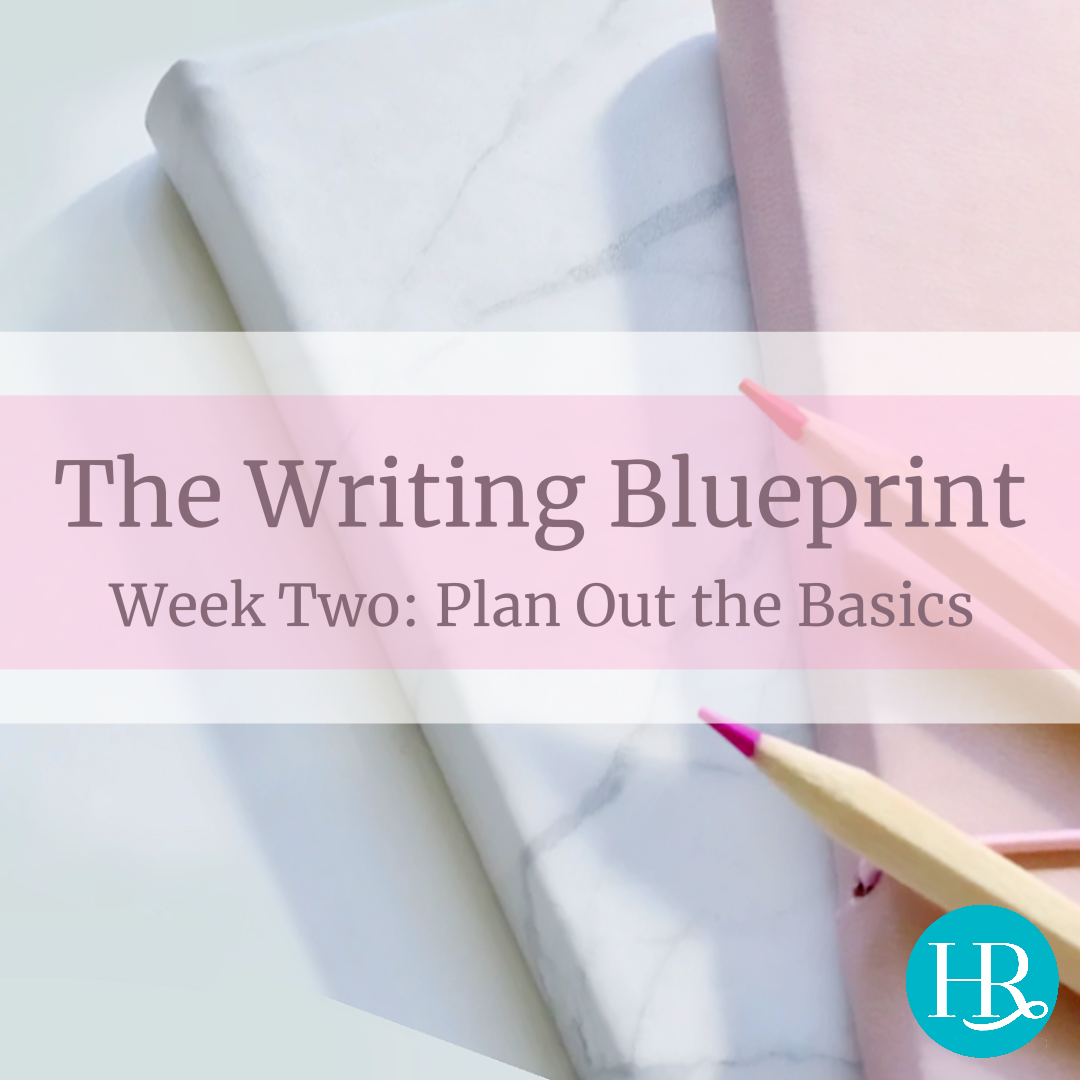The Writing Blueprint ~ Week Two
Writing Blueprint Lesson 2: Plan Out the Basics
When you’re writing your story, you’ll want to have the same questions that you researched in Lesson One in the back of your mind. Will you be able to answer all those questions in your own novel when it’s written? However, you should begin with the characters and the conflict. Without these, you won’t have what you need to carry the entire story.
The first thing you want to do is flesh out the characters entirely. A great book has believable characters, and to make them believable, you have to know them as if they were real people. Before you start to type your book on the page, ask yourself these questions:
Who are your main characters? Give them full names. Write out their parents’ names and any children’s names, if they have any. List out the ages of everyone and do the math to be sure it’s feasible. Write out their birthdays and years.
Who are your secondary characters? Give them full names and jot down pertinent information as to why they’re in your book. (As I’m writing and new characters emerge, I will add to this list.) They have to serve a purpose to your plot or they aren’t needed. What is their direct purpose?
What do they all look like? Keep a list of physical traits so that halfway through your book, you don’t wonder if they had blue eyes or brown.
What are their unique personality traits and what in their lives might have caused these traits? One example would be, if you have a neat-freak, perhaps there’s something in her life that feels out of control and she is trying to regain that control. Decide what that life event was and get a solid handle on it. How does it impact the plot? As she reacts in the story, her reactions will be rooted in this subconscious knowledge. Plan out how she will overcome it.
How do these personality traits tie in to the conflict? What IS the conflict? What’s keeping the couple apart and making the reader turn pages to find out how it resolves? And remember, conflict can be evident in unease, distress, worry, sadness, fear—it doesn’t have to be anger.
Once you’ve planned this out for your two main characters, you’re ready to apply it to a structure. Stay tuned for our next lesson where we give you the actual structure for how to build your story and carry it across the length of a novel! You won’t want to miss it! Happy writing!
© Jenny Hale
